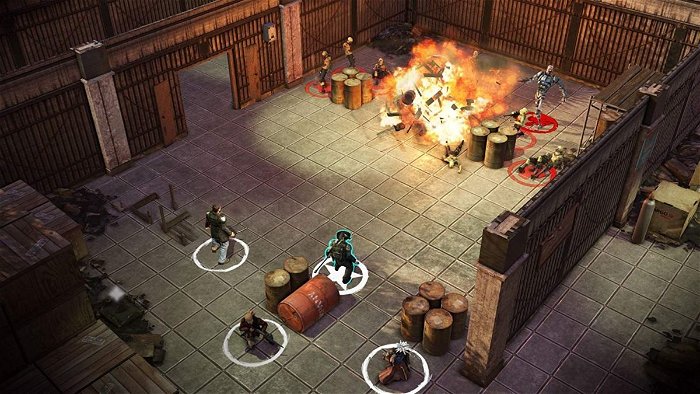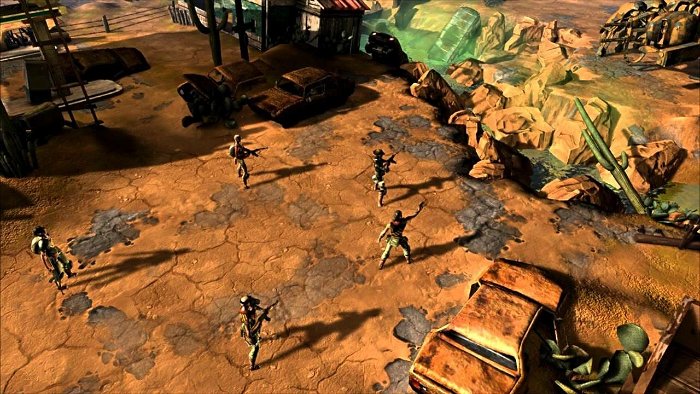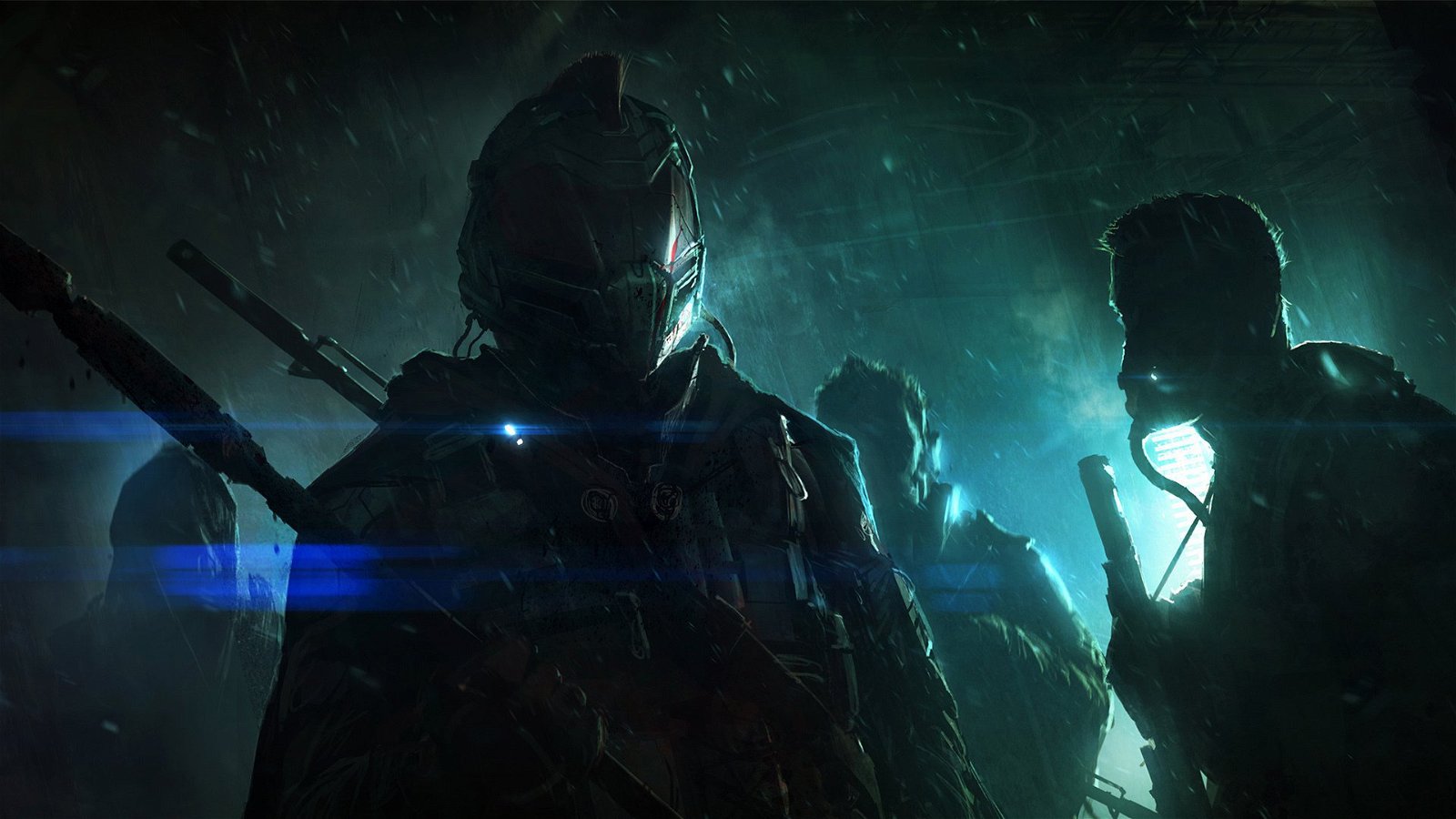Brian Fargo’s Wasteland 2 project on Kickstarter continues to hit record highs. It’s already past the $2 million mark and still growing. With 11 days to go before contributions come to a close, we can only wait and see just how high it goes.
Kickstarter has been a great resource to many of the smaller developers out there. They are people with grand goals but no real way to reach them until now. Thanks to Fargo’s “Kicking it Forward” initiative, where 5% of the profits of a completed game go back into Kickstarter to help other upcoming projects, these up and comers have even greater chance for success.
One of the things that can hold back the unique and original ideas that many developers may have is the publisher; the big companies that developers have to go to for funding for their projects. As Fargo explained, when trying to first start up the Wasteland 2 project he approached many publishers but was met with rejection time and again.
“When I went out,” said Fargo, “I thought it would just be a slam-dunk. After all, Fallout 3 was a huge success and Wasteland was the godfather of the Fallout games.”

He went in with his ideas and the great team he had assembled to work on the project, but the companies wouldn’t give the project the attention it deserved. “It wouldn’t be a multi-million seller on console,” said Fargo, “so they just weren’t interested. There was no connection to a role-playing game or what a good one is.”
Many publishers won’t accept new ideas. Anything that’s outside of the safe and generic model of games that have become so common these days is met with suspicion. As Fargo explained, part of this is because developers have had to learn how to appease the publishers in order to get the funding they need.
“These developers want to pay their bills,” said Fargo. “They are out to pitch publishers what they want to hear.”
This habit of changing original concepts in order to help fit the “safe” sales ideas of the publishers is part of today’s problem. Many developers have amazing new ideas that could break out of the mould, but such risks aren’t something that publishers will take lightly. So they ask for changes and concessions in order to bring the games into what they believe is a safe bet on the current market.
Years ago, in the early days of gaming, there was far more variety. Companies would take chances and try new things, giving players endless opportunities to experience new types of gameplay. But with today’s market, smaller companies that don’t quickly succeed in a big way are often gobbled up by the larger ones in order to survive. Electronic Arts during the 90s is one example, acquiring companies such as Bullfrog, Westwood Studios, Mythic and others, then shutting down the company if it failed to perform, as with Westwood. Taking risks in earlier years might set you back, but doing so today could spell the end of your company. So naturally the safe and “homogenised” approach, as Fargo put it, is what has become commonplace.

But there’s also more to it than that. A lot of the time developers are blamed for the problems with a game. If a game came out that was buggy, players would give the developers hell for doing a bad job. But the truth is that it’s the publishers who are generally responsible for the quality assurance aspects. If bugs make it through it’s not because the developers aren’t doing a good job, but rather the publishers are either not giving them adequate feedback to correct the bugs or simply aren’t giving them the time needed to fix everything. Many games have suffered from poor launches because the publishers wanted the game out for a certain date to try and get the most sales. This is especially true around the holidays.
Publishers are also responsible for hiring voice actors and other talent and for putting together videos and cut-scenes. That movie which seems out of place with the rest of the game isn’t usually the fault of the developer. They designed the story and built the game but it was the publisher who put the “flash” on to it to finish it up. And sometimes they go in directions quite different than what the developers had planned.
“You can make a great game but it only takes one thing to destroy it all,” said Fargo. “It’s very rare that a developer gets to stay in tune with the public and do it their way. A lot of smaller developers don’t have the power to say ‘get out of my office, you’re wrong’. Larger companies like Blizzard or Valve don’t have that problem.”
But thanks to Kickstarter, some developers have found a way to stay true to their ideals and try to put out the games that they originally envisioned, not what they were told would work. Instead of publishers, or their marketing departments, telling players what they will enjoy and how games should be we have developers going out and asking the players what it is they want. This is something that hasn’t been seen in a long time and its great that it’s making a comeback.
“I stopped pitching companies more than a year ago,” said Fargo. “I’ve had some success with smaller more digital stuff. But it’s expensive to do a worthy RPG like this.”
The funding required doing a deep and complex RPG on the level of Wasteland is quite high, but the fan demand and support has clearly shown that it’s what’s wanted. Fargo has seen the Wasteland 2 forums and the countless suggestions that players have made. Naturally not everything will be implemented. It’s not a matter of someone saying, “I like vampires” and vampires suddenly popping into the world. It’s more elective than that; while countless ideas are pitched, it’s the ones that have the most support behind them that are looked at as possible features in game.

When the Wasteland 2 project hits $2.1 million in funding, they will be getting help from Chris Avellone of Obsidian. As Fargo explained, the Obsidian team would not be coming in to actually take over the work. All the programming, legwork and lack of sleep will rest with Fargo and his team at inXile. However they would get access to Obsidian’s resources as far as their production tools go.
“In order for us to make a deep product,” said Fargo, “what you want is to be able to get the assets in quickly. They have tools for integration and conversation that would help.”
Having access to those tools would allow the staff at inXile to get more work done in less time, giving them resources to build on instead of having to put everything together from scratch. This means more time for actually implementing new features and expanding on the game world, with less time spent trying to build the frame for the game to stand on.
When I asked Fargo if he might consider going back to any of the publishers once Wasteland 2 is finished, he seemed quite against it. “If this thing sells a million copies I can make RPG’s for the next 40 years,” said Fargo. And that would definitely be a boon to the industry. Bringing back the concept of games made by gamers, for gamers.
I ended the interview with Fargo with a simple question; what advice do you have for small developers who hope to use Kickstarter to make their own start?
“My recommendation,” said Fargo, “is to be realistic about what you can do in the beginning. I’ve been doing this for 30 years. You’re not going to go out and get the big numbers right away. But today’s guy who’s getting $10 thousand is tomorrow’s $100 thousand earner.”



